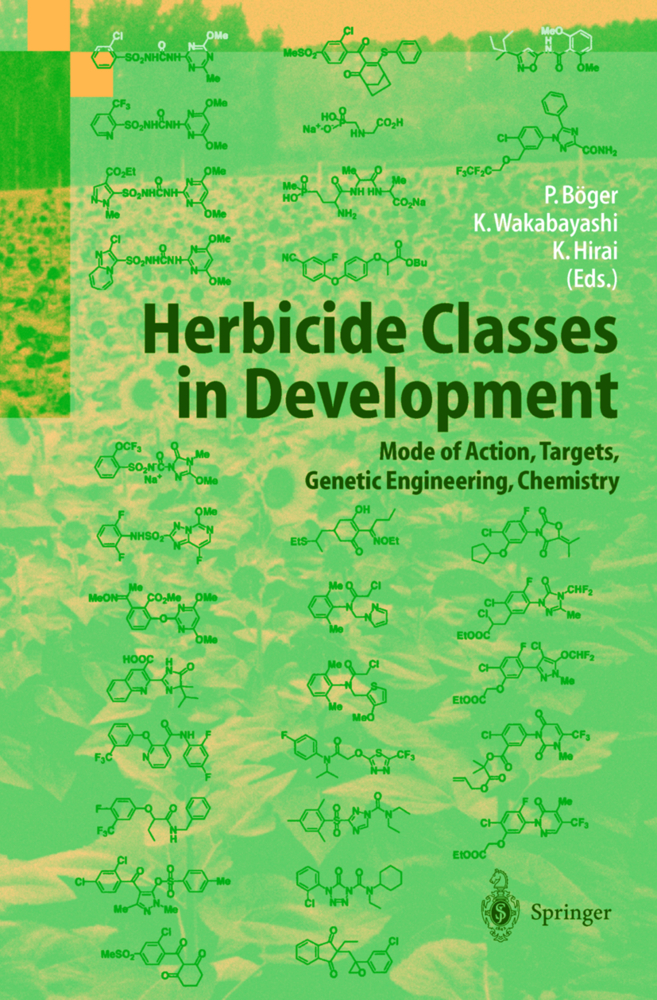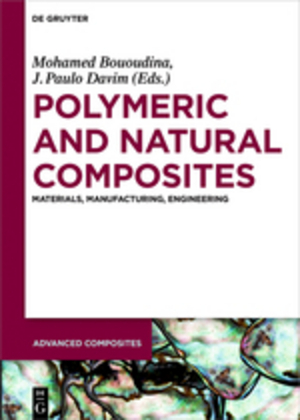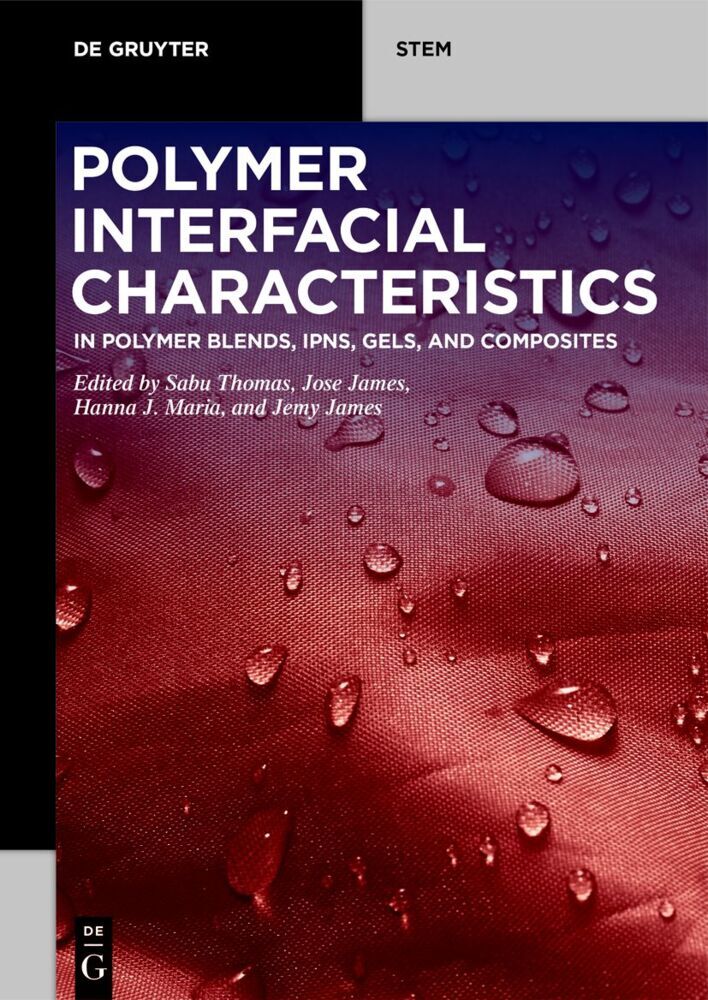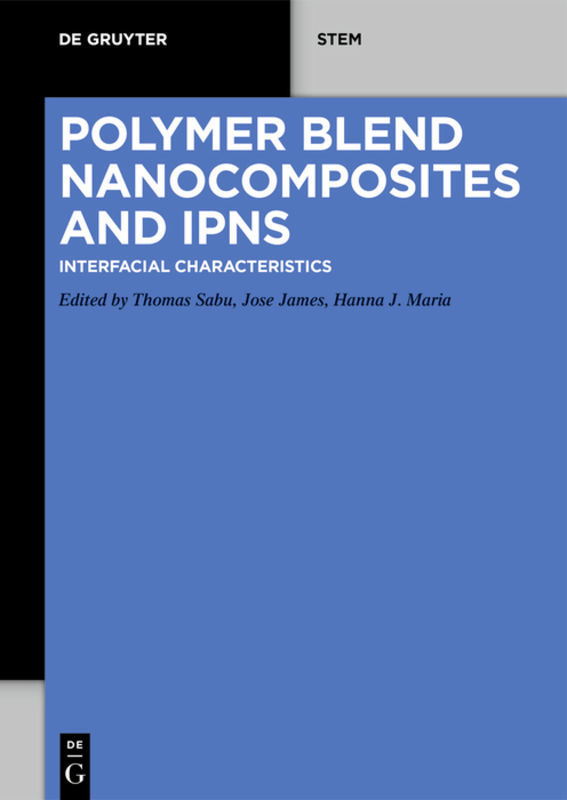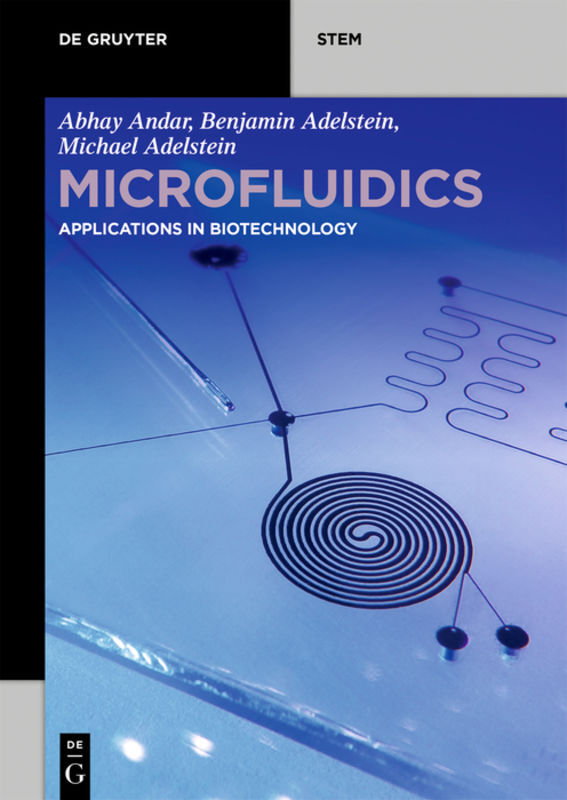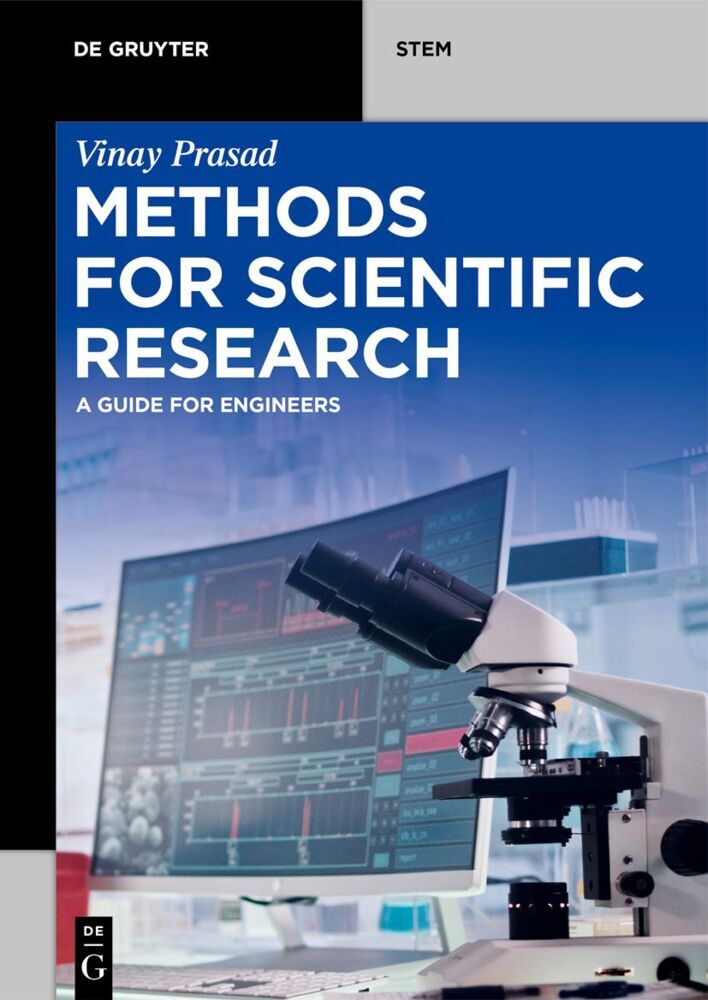Herbicide Classes in Development
Mode of Action, Targets, Genetic Engineering, Chemistry
Herbicide Classes in Development
Mode of Action, Targets, Genetic Engineering, Chemistry
Chemical pest control is in use in practically every country in the world since agrochemicals play a decisive role in ensuring food supply and protection against damage by pests, insects and pathogenic fungi. Particularly in the half century since World War II, food production has risen dramatically in most parts of the world. In the last 20 years, the yield of major crops has roughly doubled in Western agriculture and there is still the potential for further achievements, particularly in the developing countries. The world's cereal and rice production, now more than 2 billion tons/year, has to increase by 2. 4% annually to cope with the rising food demand caused mainly by the growing population and improvement of living standards in most of the developing countries. Such a demand for food has to be achieved by higher yields from the restricted arable land already in use. Global farm land resources are about 1. 4 billion ha, of which 1. 2 billion ha is cultivated with major crops. Experts agree that a future substantial addition of new produc tive areas is unlikely. Those with a high yield potential are already in use; new fields with a lower output may possibly be obtained by cultivation of arid or cold areas. More recently, new areas of large-scale farmland have been devel oped in tropical regions of Latin America, primarily in Argentina and Brazil, at the cost of the destruction of tropical rain forest.
1.2 Acetolactate Synthase-Inhibiting Herbicides Actively Developed in the Late 1990s
1.3 Discovery of Pyrimidinyl Carboxy Herbicides (Pyrimidinylsalicylate Class Herbicides)
1.4 Herbicidal Activity of Pyrimidinyl Carboxy Herbicides
1.5 Physiological Plant Response to Pyrimidinyl Carboxy Herbicides
1.6 Mode of Action and Selectivity of Pyrimidinyl Carboxy Herbicides
1.7 Biological Characteristics of the Target Enzyme
1.8 Inhibition Mechanism of the Target Enzyme by Pyrimidinyl Carboxy Herbicides
1.9 Molecular Genetics of Target Enzyme
References
2 Bleaching Herbicides: Action Mechanism in Carotenoid Biosynthesis, Structural Requirements and Engineering of Resistance
2.1 Herbicidal Effect and Mode of Action
2.2 Interaction of Inhibitors with Carotene Desaturation
2.3 Structural Requirements for an Inhibitor of Phytoene Desaturase
2.4 Strategies for Genetic Engineering of Herbicide Resistance by Modification of the Carotenogenic Pathway
2.5 Conclusion and Perspectives
References
3 Inhibitors of Aromatic Amino Acid Biosynthesis (Glyphosate)
3.1 Introduction
3.2 Symptoms of Herbicidal Activity
3.3 Mode of Action of Glyphosate
3.4 Mechanisms for Resistance and Tolerance to Glyphosate
3.5 Summary
References
4 Inhibitors of Glutamine Synthetase
4.1 Introduction
4.2 Plant Glutamine Synthetase Isoforms and Their Function
4.3 Glutamine Synthetase Inhibitors
4.4 Discovery of the Herbicidal Activity of Phosphinothricin and Bialaphos
4.5 Mode of Glutamine Synthetase Inhibition
4.6 Effects of Glutamine Synthetase Inhibitors in Plants
4.7 Attempts to Generate Selectivity for Glufosinate
References
5 Acetyl-CoA Carboxylase Inhibitors
5.1 Introduction
5.2 Symptoms of Herbicidal Activity
5.3 Biochemical Characteristics of the Target Enzyme
5.4 Mode of Action of Cyclohexanedione and Aryloxyphenoxypropanoate Herbicides
5.5 Assays for Acetyl-CoA Carboxylase Activity
5.6 Molecular Genetics of Resistance to Acetyl-CoA Carboxylase Inhibitors
References
6 Inhibitors of Biosynthesis of Very-Long-Chain Fatty Acids
6.1 Introduction
6.2 The Model System
6.3 Very Long-Chain Fatty Acid Biosynthesis Inhibition in Intact Leaves
6.4 The Cell-Free Elongase System
6.5 Assumptions of the Reaction Mechanism
6.6 Considerations on Resistance
References
7 Cellulose Biosynthesis Inhibitor Herbicides
7.1 Introduction
7.2 Mode of Action Studies
7.3 Resistant Biotypes
7.4 Habituation
7.5 The Unusual Case of Quinclorac
7.6 Conspectus
References
8 Inhibitors of Protoporphyrinogen Oxidase: A Brief Update
8.1 Introduction
8.2 Protoporphyrinogen Oxidase Inhibitors and Their Mode of Action
8.3 Biochemical Characterization of Protoporphyrinogen Oxidase
8.4 Protoporphyrinogen Oxidase Genes and Transgenic Herbicide-Resistant Plants
8.5 Recent Advances in QSAR Studies
8.6 Antioxidative Stress Responses of Plants to Protoporphyrinogen Oxidase Inhibitors
References
9 Genetic Engineering of Herbicide-Resistant Plants
9.1 Introduction
9.2 Strategy
9.3 Cloning of the Genes
9.4 Gene Transfer
9.5 Vector Constructs
9.6 Conclusions
References
10 Major Synthetic Routes for Modern Herbicide Classes and Agrochemical Characteristics
10.1 Introduction
10.2 Acetolactate Synthase Inhibitors
10.3 Carotenogenesis Inhibitors
10.4 Aromatic Amino Acid Biosynthesis Inhibitors
10.5 Glutamine Synthetase Inhibitors
10.6 Acetyl CoA Carboxylase (ACCase) Inhibitors
10.7 Very Long-Chain Fatty Acids Biosynthesis Inhibitors
10.8 Cellulose Biosynthesis Inhibitors
10.9 Protoporphyrinogen-IX Oxidase Inhibitors
10.10 Notes
Patent Literature
11 Diverse Response of Plants Towards Chiral Phytotoxic Chemicals
11.1 Introduction
11.2 Diverse Response of Optically Active Herbicides
11.3 Diverse Response of Plants Through Chirality
11.4 Chirality and Activity Relationship
References
12 Transcuticular Penetration of Foliar-Applied Pesticides - Its Analysis by a Logistic-Kinetic Penetration Model
12.1 Introduction
12.2 Overview
12.3 Logistic-Kinetic Transcuticular Penetration Model of Foliar-Applied Pesticides
12.4 Parameters and Factors Governing Transcuticular Penetration Kinetics of Foliar-Applied Pesticides
12.5 Effects of Adjuvants on Transcuticular Penetration Kinetics of Foliar-Applied Pesticides
12.6 Discussion and Conclusions
References
13 Structure-Activity Correlation of Very Long-Chain Fatty Acid Biosynthesis Inhibitors
13.1 Introduction
13.2 Very Long-Chain Fatty Acid Biosynthesis Inhibition by Herbicides
13.3 Very Long-Chain Fatty Acid Biosynthesis Inhibition by Thenylchlor and Its Analogs
13.4 Action of Cafenstrole and its Analogs
13.5 Action of Indanofan and its Analogs
13.6 Outlook
References.
1 Acetolactate Synthase Inhibitors
1.1 Introduction1.2 Acetolactate Synthase-Inhibiting Herbicides Actively Developed in the Late 1990s
1.3 Discovery of Pyrimidinyl Carboxy Herbicides (Pyrimidinylsalicylate Class Herbicides)
1.4 Herbicidal Activity of Pyrimidinyl Carboxy Herbicides
1.5 Physiological Plant Response to Pyrimidinyl Carboxy Herbicides
1.6 Mode of Action and Selectivity of Pyrimidinyl Carboxy Herbicides
1.7 Biological Characteristics of the Target Enzyme
1.8 Inhibition Mechanism of the Target Enzyme by Pyrimidinyl Carboxy Herbicides
1.9 Molecular Genetics of Target Enzyme
References
2 Bleaching Herbicides: Action Mechanism in Carotenoid Biosynthesis, Structural Requirements and Engineering of Resistance
2.1 Herbicidal Effect and Mode of Action
2.2 Interaction of Inhibitors with Carotene Desaturation
2.3 Structural Requirements for an Inhibitor of Phytoene Desaturase
2.4 Strategies for Genetic Engineering of Herbicide Resistance by Modification of the Carotenogenic Pathway
2.5 Conclusion and Perspectives
References
3 Inhibitors of Aromatic Amino Acid Biosynthesis (Glyphosate)
3.1 Introduction
3.2 Symptoms of Herbicidal Activity
3.3 Mode of Action of Glyphosate
3.4 Mechanisms for Resistance and Tolerance to Glyphosate
3.5 Summary
References
4 Inhibitors of Glutamine Synthetase
4.1 Introduction
4.2 Plant Glutamine Synthetase Isoforms and Their Function
4.3 Glutamine Synthetase Inhibitors
4.4 Discovery of the Herbicidal Activity of Phosphinothricin and Bialaphos
4.5 Mode of Glutamine Synthetase Inhibition
4.6 Effects of Glutamine Synthetase Inhibitors in Plants
4.7 Attempts to Generate Selectivity for Glufosinate
References
5 Acetyl-CoA Carboxylase Inhibitors
5.1 Introduction
5.2 Symptoms of Herbicidal Activity
5.3 Biochemical Characteristics of the Target Enzyme
5.4 Mode of Action of Cyclohexanedione and Aryloxyphenoxypropanoate Herbicides
5.5 Assays for Acetyl-CoA Carboxylase Activity
5.6 Molecular Genetics of Resistance to Acetyl-CoA Carboxylase Inhibitors
References
6 Inhibitors of Biosynthesis of Very-Long-Chain Fatty Acids
6.1 Introduction
6.2 The Model System
6.3 Very Long-Chain Fatty Acid Biosynthesis Inhibition in Intact Leaves
6.4 The Cell-Free Elongase System
6.5 Assumptions of the Reaction Mechanism
6.6 Considerations on Resistance
References
7 Cellulose Biosynthesis Inhibitor Herbicides
7.1 Introduction
7.2 Mode of Action Studies
7.3 Resistant Biotypes
7.4 Habituation
7.5 The Unusual Case of Quinclorac
7.6 Conspectus
References
8 Inhibitors of Protoporphyrinogen Oxidase: A Brief Update
8.1 Introduction
8.2 Protoporphyrinogen Oxidase Inhibitors and Their Mode of Action
8.3 Biochemical Characterization of Protoporphyrinogen Oxidase
8.4 Protoporphyrinogen Oxidase Genes and Transgenic Herbicide-Resistant Plants
8.5 Recent Advances in QSAR Studies
8.6 Antioxidative Stress Responses of Plants to Protoporphyrinogen Oxidase Inhibitors
References
9 Genetic Engineering of Herbicide-Resistant Plants
9.1 Introduction
9.2 Strategy
9.3 Cloning of the Genes
9.4 Gene Transfer
9.5 Vector Constructs
9.6 Conclusions
References
10 Major Synthetic Routes for Modern Herbicide Classes and Agrochemical Characteristics
10.1 Introduction
10.2 Acetolactate Synthase Inhibitors
10.3 Carotenogenesis Inhibitors
10.4 Aromatic Amino Acid Biosynthesis Inhibitors
10.5 Glutamine Synthetase Inhibitors
10.6 Acetyl CoA Carboxylase (ACCase) Inhibitors
10.7 Very Long-Chain Fatty Acids Biosynthesis Inhibitors
10.8 Cellulose Biosynthesis Inhibitors
10.9 Protoporphyrinogen-IX Oxidase Inhibitors
10.10 Notes
Patent Literature
11 Diverse Response of Plants Towards Chiral Phytotoxic Chemicals
11.1 Introduction
11.2 Diverse Response of Optically Active Herbicides
11.3 Diverse Response of Plants Through Chirality
11.4 Chirality and Activity Relationship
References
12 Transcuticular Penetration of Foliar-Applied Pesticides - Its Analysis by a Logistic-Kinetic Penetration Model
12.1 Introduction
12.2 Overview
12.3 Logistic-Kinetic Transcuticular Penetration Model of Foliar-Applied Pesticides
12.4 Parameters and Factors Governing Transcuticular Penetration Kinetics of Foliar-Applied Pesticides
12.5 Effects of Adjuvants on Transcuticular Penetration Kinetics of Foliar-Applied Pesticides
12.6 Discussion and Conclusions
References
13 Structure-Activity Correlation of Very Long-Chain Fatty Acid Biosynthesis Inhibitors
13.1 Introduction
13.2 Very Long-Chain Fatty Acid Biosynthesis Inhibition by Herbicides
13.3 Very Long-Chain Fatty Acid Biosynthesis Inhibition by Thenylchlor and Its Analogs
13.4 Action of Cafenstrole and its Analogs
13.5 Action of Indanofan and its Analogs
13.6 Outlook
References.
Böger, Peter
Wakabayashi, Ko
Hirai, Kenji
| ISBN | 978-3-540-43147-3 |
|---|---|
| Artikelnummer | 9783540431473 |
| Medientyp | Buch |
| Auflage | 2002 |
| Copyrightjahr | 2002 |
| Verlag | Springer, Berlin |
| Umfang | XXI, 364 Seiten |
| Abbildungen | XXI, 364 p. 2 illus. in color. |
| Sprache | Englisch |

